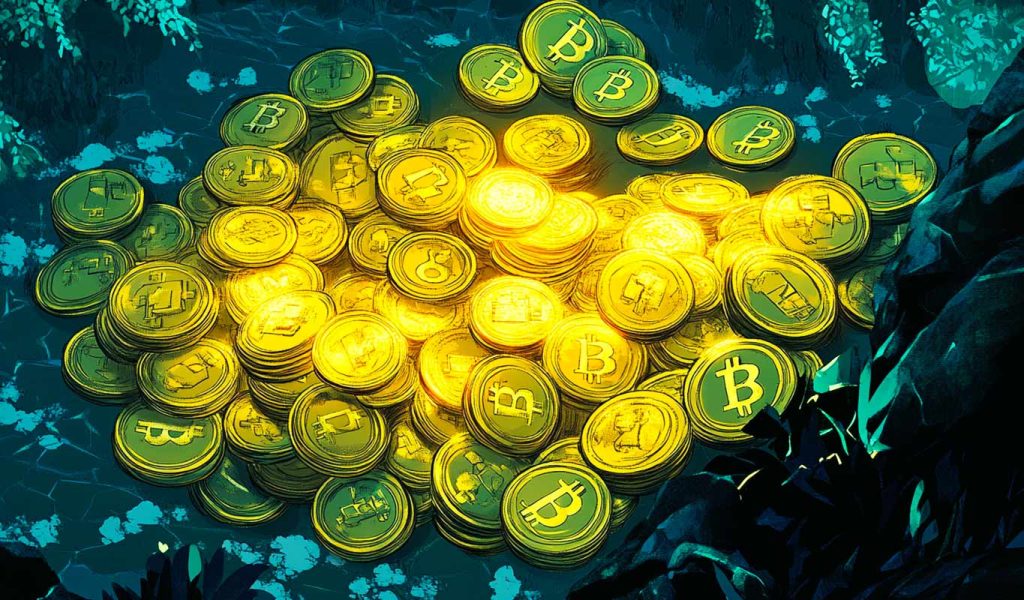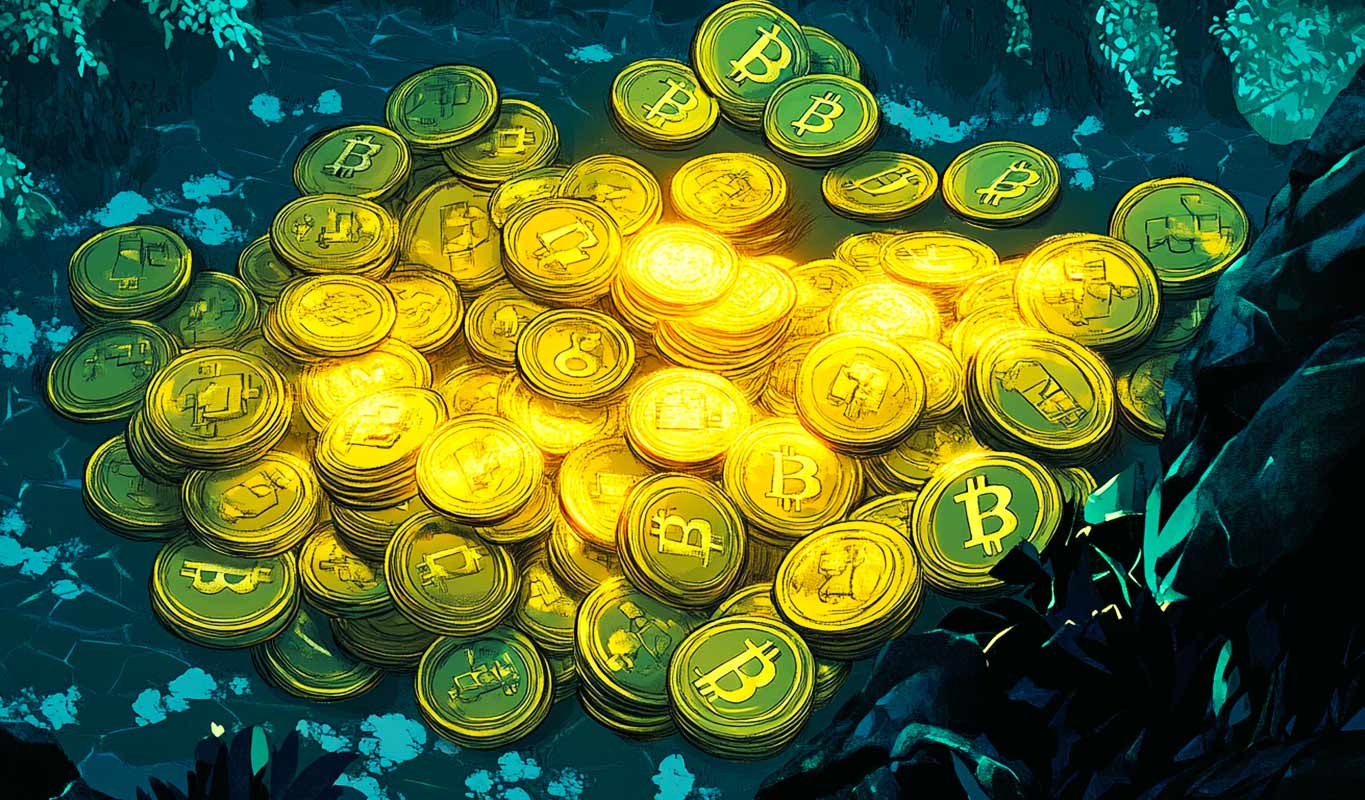
The “Paper Bitcoin” Debate: Robert Kiyosaki’s Stance on Bitcoin ETFs
Introduction: A Voice of Caution in the Crypto Chorus
Robert Kiyosaki, renowned author of “Rich Dad Poor Dad,” has long been an advocate for alternative investments, particularly gold, silver, and Bitcoin. His recent criticisms of Bitcoin Exchange Traded Funds (ETFs) have sparked significant debate within the cryptocurrency community. While many investors celebrate Bitcoin ETFs for their accessibility and mainstream appeal, Kiyosaki warns against them, labeling them as “paper Bitcoin” and advocating for direct ownership of the digital asset. This report delves into Kiyosaki’s stance, examines the nature of Bitcoin ETFs, and explores the benefits and drawbacks of each investment approach.
Understanding Kiyosaki’s Core Argument
Kiyosaki’s skepticism toward Bitcoin ETFs is rooted in his broader philosophy of financial independence and distrust of traditional financial institutions. He views fiat currencies as “fake money” controlled by central banks, subject to inflation and manipulation. In contrast, he sees gold, silver, and Bitcoin as tangible or digitally scarce assets that provide a hedge against financial instability.
His concerns about Bitcoin ETFs can be distilled into several key points:
- Lack of Direct Ownership: Purchasing shares in a Bitcoin ETF does not equate to owning Bitcoin. Instead, investors own a share of a fund that holds Bitcoin, relying on the fund manager and custodian for security and management.
- Counterparty Risk: ETFs introduce counterparty risk. If the ETF provider faces financial difficulties, investors’ holdings could be jeopardized, transforming them into creditors rather than direct owners of the underlying asset.
- Potential for Manipulation: Kiyosaki fears that institutional involvement in Bitcoin through ETFs could lead to price manipulation and market distortions, potentially harming individual investors.
- “Paper Assets” Vulnerability: He compares Bitcoin ETFs to paper gold and silver, arguing that these financial instruments are susceptible to market crashes and manipulation. He advocates for physical ownership of precious metals and direct ownership of Bitcoin as a store of value and protection against financial turmoil.
At its core, Kiyosaki’s argument emphasizes self-sovereignty and control over one’s assets. He views Bitcoin as a means to opt out of the traditional financial system, and he believes that ETFs compromise this principle by introducing intermediaries and institutional control.
The Allure and Mechanics of Bitcoin ETFs
Despite Kiyosaki’s warnings, Bitcoin ETFs have gained significant traction among investors. They offer a convenient and regulated way to gain exposure to Bitcoin without the complexities of buying, storing, and securing the digital asset directly.
Why Bitcoin ETFs Are Attractive:
- Accessibility: ETFs are easily accessible through traditional brokerage accounts, eliminating the need for crypto wallets, private keys, or cryptocurrency exchanges.
- Regulation: Bitcoin ETFs are subject to regulatory oversight, providing a level of investor protection that is often lacking in the unregulated cryptocurrency market.
- Liquidity: ETFs are highly liquid, allowing investors to buy and sell shares quickly and easily on stock exchanges.
- Tax Advantages: In some jurisdictions, investing in Bitcoin ETFs may offer certain tax advantages compared to directly holding Bitcoin.
How Bitcoin ETFs Work:
A Bitcoin ETF typically holds a specific amount of Bitcoin in custody. The fund then issues shares that represent a proportional claim on the Bitcoin held in custody. The price of the ETF shares is designed to track the price of Bitcoin. Authorized participants are responsible for creating and redeeming ETF shares to keep the ETF price aligned with the underlying Bitcoin. When demand for the ETF shares increases, authorized participants can create new shares by purchasing Bitcoin and depositing it with the ETF custodian. Conversely, when demand decreases, authorized participants can redeem shares by withdrawing Bitcoin from the custodian and selling it on the market.
Weighing the Pros and Cons: Direct Bitcoin vs. Bitcoin ETFs
The debate between direct Bitcoin ownership and Bitcoin ETFs centers on the trade-off between control and convenience.
Direct Bitcoin Ownership:
- Pros:
* Full Control: Investors have complete control over their Bitcoin, owning the private keys and being responsible for securing them.
* Decentralization: Direct ownership contributes to the decentralization of the Bitcoin network, enhancing its security and resilience.
* No Counterparty Risk: Investors are not reliant on any third party to hold or manage their Bitcoin.
* Potential for Yield: Investors can potentially earn yield on their Bitcoin through staking or lending.
- Cons:
* Complexity: Buying, storing, and securing Bitcoin can be complex and technical, requiring a steep learning curve.
* Security Risks: Investors are solely responsible for the security of their Bitcoin. Loss of private keys can result in permanent loss of funds.
* Volatility: Bitcoin is a highly volatile asset, and its price can fluctuate significantly, posing risks to investors.
Bitcoin ETFs:
- Pros:
* Accessibility: ETFs are easy to buy and sell through traditional brokerage accounts, making them accessible to a broader range of investors.
* Regulation: ETFs are subject to regulatory oversight, providing investor protection and reducing the risk of fraud or manipulation.
* Liquidity: ETFs are highly liquid, allowing investors to quickly and easily trade shares on stock exchanges.
* Convenience: Investors do not need to manage private keys or worry about security, as these responsibilities are delegated to professional custodians.
- Cons:
* Lack of Direct Ownership: Investors do not own any Bitcoin; they own shares of a fund that holds Bitcoin, introducing counterparty risk.
* Counterparty Risk: Investors are reliant on the fund manager and custodian, whose financial stability and security practices can impact the safety of the investment.
* Fees: ETFs typically charge management fees, which can eat into investors’ returns over time.
* Potential for Tracking Error: The ETF price may not perfectly track the price of Bitcoin, leading to discrepancies between the ETF’s value and the underlying asset.
* Centralization: ETFs contribute to the centralization of Bitcoin within large institutions, potentially undermining the decentralization and security of the network.
The Nuances of Security and Trust
Security is a central tenet of Kiyosaki’s position. He advocates for self-custody, where individuals are responsible for securing their own private keys. While this approach offers maximum control, it also places the entire burden of security on the individual. Mistakes can be costly. Losing a private key means losing access to the Bitcoin forever.
Bitcoin ETFs, on the other hand, delegate security to professional custodians who specialize in storing and securing large amounts of Bitcoin. These custodians typically employ sophisticated security measures, such as multi-signature wallets, cold storage, and physical security protocols.
However, relying on a custodian also introduces counterparty risk. If the custodian is compromised or goes bankrupt, the Bitcoin held in custody could be at risk. The safety of the investment becomes dependent on the custodian’s security practices and financial stability.
The Centralization Debate
Another critical consideration is the potential impact of Bitcoin ETFs on the decentralization of the Bitcoin network. As more Bitcoin is held by large institutions, the network becomes more centralized, which could potentially make it more vulnerable to attacks or censorship.
Direct ownership of Bitcoin helps to maintain the decentralization of the network. By holding their own private keys, investors are directly participating in the Bitcoin ecosystem and contributing to its security.
Conclusion: Finding the Right Path in the Bitcoin Landscape
Ultimately, the decision to invest in Bitcoin directly or through an ETF depends on individual circumstances, risk tolerance, and investment goals.
For those who prioritize self-sovereignty, control, and direct participation in the Bitcoin network, direct ownership is the preferred option. However, it requires a significant commitment to learning and understanding the technology and security risks involved.
For those who value accessibility, convenience, and regulation, Bitcoin ETFs offer a viable alternative. However, it is important to be aware of the counterparty risks, fees, and potential tracking errors associated with these products.
Robert Kiyosaki’s “paper Bitcoin” warning serves as a valuable reminder to carefully consider the trade-offs involved in each approach. He urges investors to understand the underlying asset, be wary of traditional financial institutions, and prioritize direct ownership whenever possible. Whether you heed his warning or embrace the convenience of ETFs, informed decision-making is paramount in navigating the ever-evolving landscape of Bitcoin investing.





